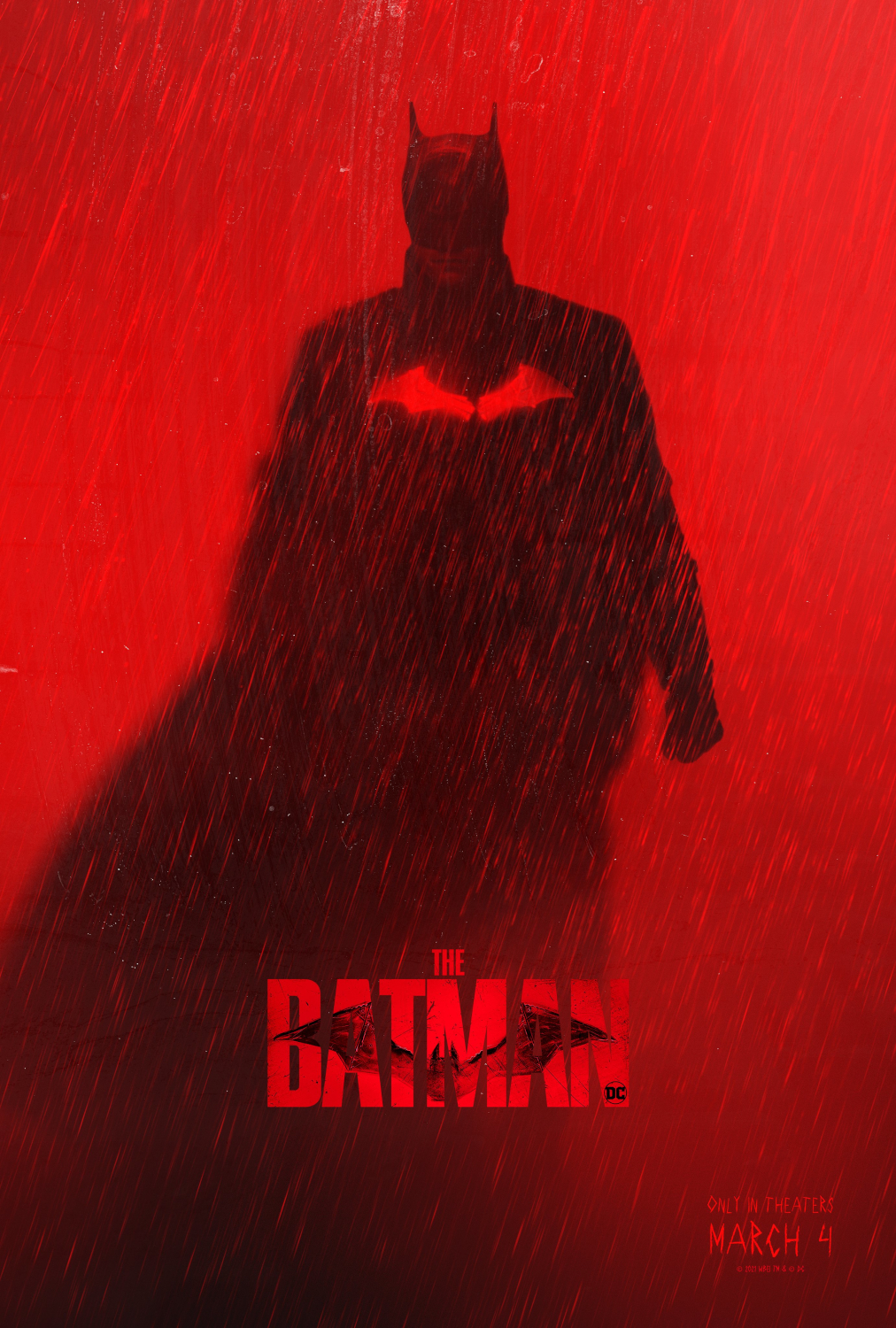I’m of the opinion that The Batman is the best live action Batman movie ever made.
To be clear, anytime anyone says something is “the best” it is a purely subjective statement. I’m going to make my case but, if you happen to read this post and disagree, I’ll thank you to not lambaste me about how very wrong I am, and I shall extend you the same courtesy.
One more point to clear is that my take is stating that The Batman is the best, top-to-bottom, live action Batman movie. That does not mean that every part of it is better than every part of previous Batman movies. For example, I still believe that Heath Ledger’s performance as The Joker in The Dark Knight is the best performance in a Batman film, and that Danny Elfman’s score used in Batman – Batman Returns – Batman Forever – Batman & Robin is still the best score.
I’m also, at this point, going to stop referring to them as “live action” Batman movies. While I enjoyed many of the animated films, I like to consider animated films in-general on a different scale than live action films. Neither is better or worse, they’re just different. In this case, I just want to focus on live action. And THAT was the last time I’ll use the adjective in this post.
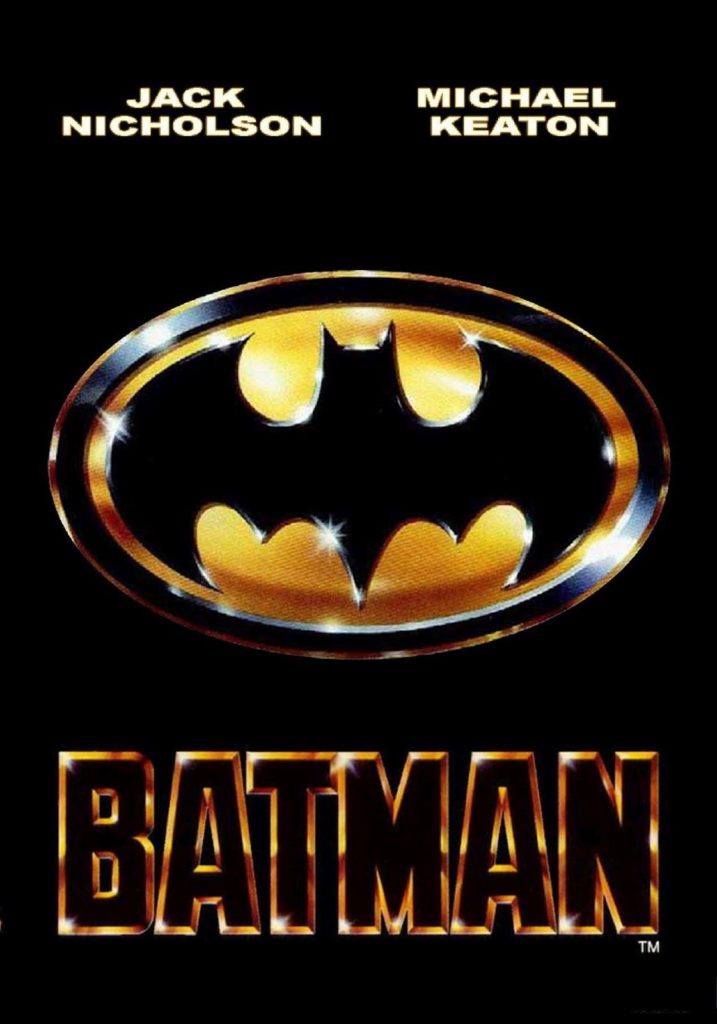
My relationship to Batman as an intellectual property starts where a lot of people’s does: I was ten-years-old when Batman ’89 came out. My mom waited in line with me on opening night for several hours, so long in fact, that we ended up getting tickets to an 11pm showing. God bless mom for letting me stay up that late in a theater at that age. I memorized every word, and every beat of action. Needless to say, it was my favorite movie for the ensuing five-to-ten-years. That emotional connection that I had during my formative years has made it very difficult for me to view Batman ’89 through anything other than rose-colored nostalgia glasses.
I started reading Batman comics at that point, which led to me reading a great many more comics (DC and Marvel and Image and Valiant). So, I have Batman to thank for preparing me for the Geek Renaissance of the 21st century. But that’s a whole other topic. I also sought out Batman: The Movie from 1966, and the whole run of that TV show. Even as a kid, it seemed “too kiddie” for me and had nothing to do with the Batman I had seen in the theater and was reading about in my monthly comic pulls.
I loved Batman Returns when it came out, it’s still one of my favorite Christmas movies. I didn’t hate Batman Forever at first, but I was sixteen at the time, so it certainly made me wary. Batman & Robin was an absolute disaster, and nineteen-year-old me knew it almost immediately. Then there was a break in Batman movies. A seven-year break. In that time there were a handful of good comic book movies, and a bunch of bad ones. Then, Warner Brothers decided it was time to get back in the Big Screen Bat Business.
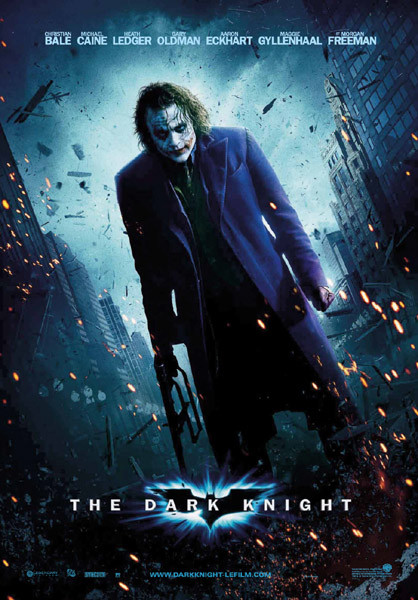
Batman Begins presented a much better origin story than Batman ’89 and, while it was much better than the Joel Schumacher films, 26-year-old me still had it neck-and-neck with the Tim Burton films. The Dark Knight came out three years later and – nostalgia glasses or not – I immediately knew this was the best Batman movie. The Dark Knight Rises came out the same year as Marvel’s The Avengers, and couldn’t measure up to the first two movies in Christopher Nolan’s trilogy or what Marvel Studios had been cooking up in their lead up to – and everything since – 2012.
In 2016 we got Batman V Superman: Dawn Of Justice. Even at 37 years-old I was super-psyched to finally see those two characters, not to mentioned Wonder Woman, share the big screen. When I heard it would feature Ben Affleck playing an older Batman, I got my hopes up that we would be playing the same Bruce Wayne/Batman from the Nolan trilogy. I was more-than-ready for a true unified DC Movie Universe. This ended up being the most disappointed I had ever been in a superhero movie due, in large part, to my sky high expectations. In hindsight, BvS was better than the Schumacher films, but not nearly as good as any of the Burton or Nolan films. And I say that as someone who also found The Dark Knight Rises to be something of a disappointment.
Justice League came the year after, in 2017, and was bad. The Justice League Snyder Cut premiered on HBO Max in 2021 was was slightly less bad than the theatrically released Whedon Cut. But this was around the time when we started getting real details on the new film: The Batman.
I’m 43 years-old this year, and I still get pumped when a new MCU Movie comes out as Marvel Studios has proven that they know how to deliver the goods (almost) every time. But, with The Batman, my first instinct was a bit more skeptical. After the Snyder films, I lost faith in DC/WB’s ability to make a good Batman movie. If I’m being honest, some of that doubt started creeping in back in 2012.
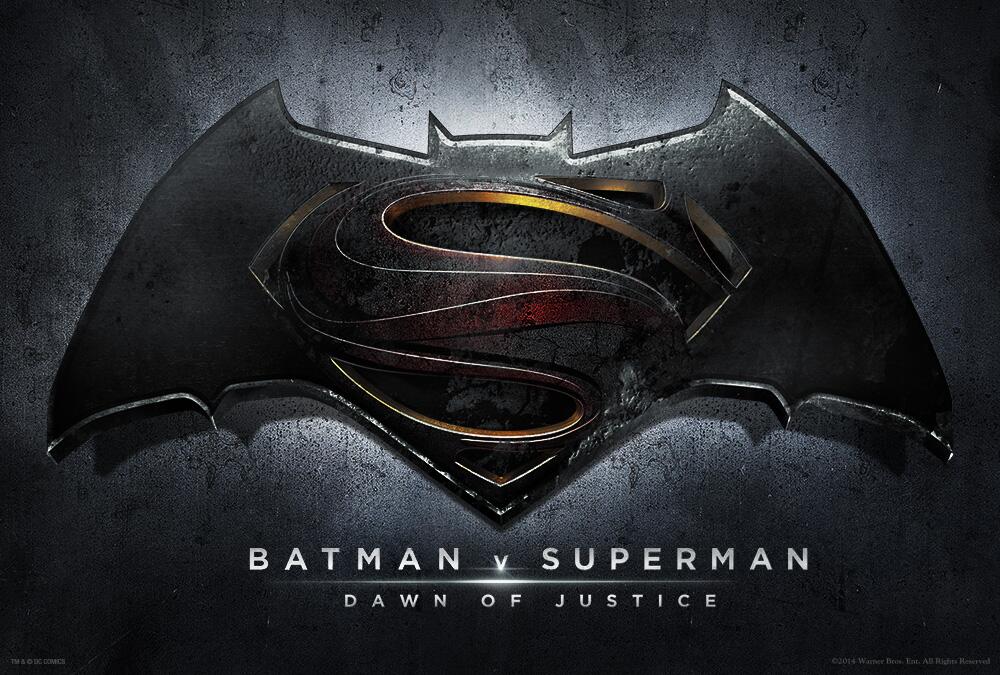
I also started feeling those Amazing Spider-Man vibes (2012 was sure a mixed bag when it came to comic book movies), as it seemed a little too soon to reboot the entire franchise. In 2007, Spider-Man 3 ended the Sam Raimi series on a very ambiguous note. But I was ready to see Peter Parker/Spider-Man finally be an adult superhero. At the time, I thought Andrew Garfield would be playing the same version of Spidey as Tobey Maguire had played. Much like with Batman V Superman, I was mistaken. Ever since Spider-Man No Way Home came out in December Andrew Garfield has finally gotten proper credit for playing a good Peter Parker/Spider-Man in a pair of otherwise not good movies. However, this precedent was not an encouraging one when applied to The Batman.
That being said, the details of the movie started to give me some hope. I don’t really have a history with Robert Pattinson. I watched Twilight once on TV about fifteen years ago and only saw him in a few other films (none Twilight-related) since then. So, he was an unknown to me. The rest of the cast looked solid with Zoe Kravitz, Jefferey Wright, Paul Dano, Colin Farrell, John Turturro, and Andy Serkis rounding it out.
The last actor on that list led me to the biggest nugget of hope. Serkis had previously worked with Matt Reeves on two of the new Planet of the Apes movies. Those movies are awesome, and Serkis is awesome in them (even behind all that mo-cap). In addition to Dawn of the the Planet of the Apes and War for the Planet of the Apes Reeves had directed two other movies that I really liked: Cloverfield and Let Me In. When it was revealed that The Batman would take place in year two of the titular character’s caped crusade, I was relieves that at least we wouldn’t get a warmed over Batman Begins re-hash.
Still, I went into the theater with very level expectations. Not necessarily low, but also certainly not high. I found myself shocked by just how much I enjoyed The Batman. As with many others, I came out of the theater considering just how it stacked up against the previous iterations. Imagine my surprise when I found myself thinking that it was, pound-for-pound, the best Batman movie I had ever seen.
Spoiler Warning For The Batman
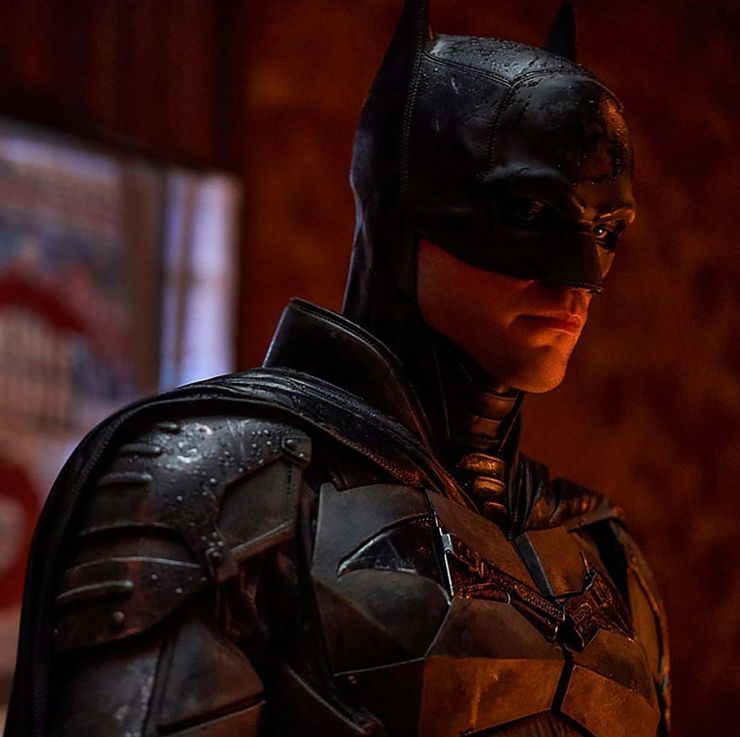
Here’s how I measured The Batman up against the previous movies.
Batman/Bruce Wayne – There’s not much of a difference between the two in The Batman, but that seems like it was purposefully done to show that he was still learning how to be “Bruce Wayne” in public. But Pattison’s Batman makes a strong case for my personal favorite.
I was a long time Michael Keaton guy, for reasons noted above. And I found Christian Bale’s portrayal riveting in its own way. But Pattinson’s Batman gets to be a character, even when wearing the mask. He actually talks to people, rather than just grunts and growls about how he is vengeance (though he does say that) or he is the night. Unlike in any previous films, this Batman is actually a detective. That being the case, he’s required to actually have conversations with James Gordon, Selina Kyle, and Alfred Pennyworth. This is really much more true to the comic book than any previous movie characterizations.
He also seems like the most human Batman. As much as he’s figuring out how to be “Bruce Wayne”, he’s also not yet perfected being “Batman” and we get to take that journey with him. He has some great moments with James Gordon, Selina Kyle, and Alfred. But he also comes across as an empathetic person, most notably with the wordless exchanges he has with the young son of The Riddler’s first murder victim. This brings us to the next two categories.
Allies – I’m talking about Gordon, Selina, and Alfred primarily here. Gary Oldman was a great James Gordon, but I felt that Jeffrey Wright tackled the role in a way that worked better for me. The spin he put on Gordon as a homicide detective so fed up with corruption and ineptitude that he embraces a masked vigilante whose name he doesn’t even know like his best friend and only reliable partner. Wright and Pattinson have a great interpersonal dynamic that has a sort of old fashioned buddy cop vibe.
I was introduced to Michelle Pfeiffer’s seductive, dangerous, and vaccuum-sealed-in-black-vinyl Catwoman when I was 13-years-old. Needless to say, she left an impression. The Jekyll-And-Hyde act was fun in Batman Returns, but Zoe Kravitz got to play a more fully-formed character. She steals to help her friend, but also to get back at her absentee mafiosa father (who killed her mother). Her chemistry with Pattinson, playing two wounded souls not really looking for a connection but finding one out of necessity, was a home run as well.
Andy Serkis’ Alfred had more in-common with Michael Caine’s exasperated version than Michael Gough’s grandfatherly figure. We never got to spend enough time with Jeremy Iron’s more sardonic interpretation for him to make much of a dent on the public consciousness. But Serkis got to have a better arc than any of those other Alfreds. This was helped by him being the caretaker of a big secret that Thomas and Martha Wayne had, and he felt obligated to protect Bruce from. But Serkis and Pattison have a scene where the revelation of this truth allows them to finally open up to one another, and admit the strong familial bond that was always there under the surface.
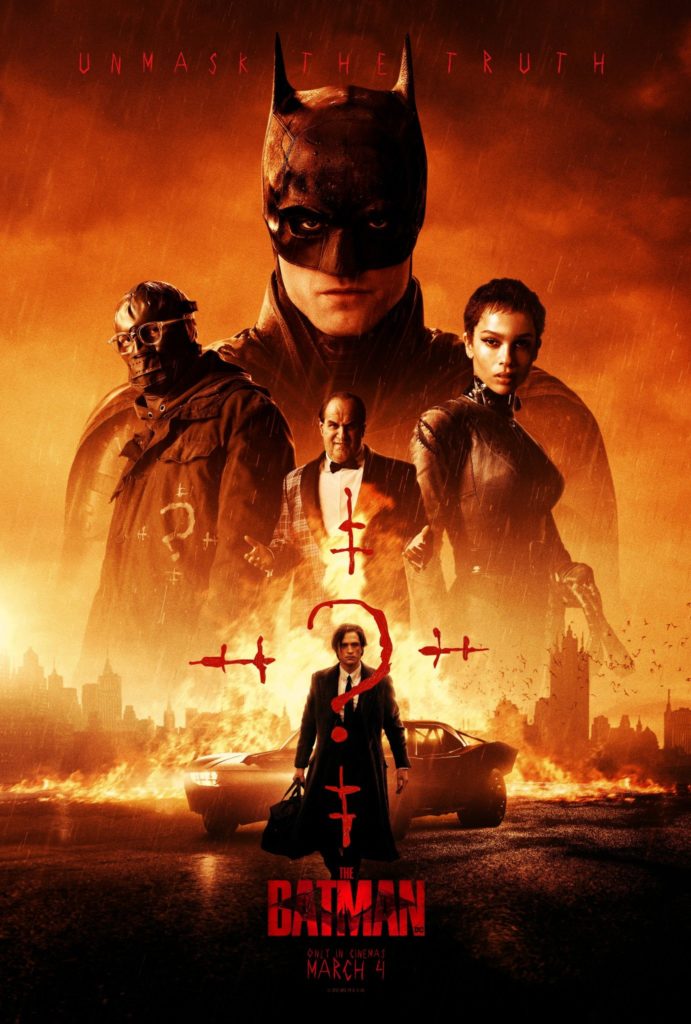
Enemies – Here we can talk about The Riddler, Carmine Falcone, The Penguin, and the slew of nameless thugs that get thrown at Batman.
The Riddler takes Bane’s crown (The Dark Knight Rises Bane, not the bloated oaf from Batman & Robin) as the scariest Batman movie villain. Heath Ledger’s Joker could have been in the running, but he had a sort of charismatic magnetism that made it hard to look away. Paul Dano’s Riddler is harder to watch, as he spastically attacks his victims while making Leatherface-style grunt and squeals. He’s not a guy you’d ever want to spend even two minutes with. Ledger’s Joker could probably talk you into hanging out just long enough for him to kill you, while you’d do everything in your power to avoid eye contact with this Riddler – in or out of his mask. He also has a connection to extremist QA’non types on his Dark Web channel, which means his henchmen the scariest to date as well. Riddler is presented in most scenes like a true horror movie villain, which is also a first for Batman movies.
John Turturro plays Falcone like the creepily charming friend-of-your-parents who only lets on what he wants you to know about him while hiding almost everything else behind a dark pair of sunglasses. He’s the lynchpin of the organized crime angle in The Batman, which is similar to The Dark Knight’s take. But it feels little more legitimate here, both in the way the characters are presented and the places they hang out – most notably The Iceberg Lounge feels like a place you’d stumble across in a back alley and be promptly beaten and chased off the premises by the doormen.
Penguin has only a few scenes, but Colin Farrell makes the most of them. He doesn’t steal the show, but he does justify his place in it. He’s got more flair than Falcone, and less psychosis than Riddler. In the end, he’s set-up as the natural next evolution of a Gotham City gangster.
The best place to discuss the slew of nameless thugs is actually in the next section.
Action Sequences – It took less than ten minutes for The Batman to prove that it would have better hand-to-hand combat fight scenes than any of its predecessors. By the end of the movie, it wasn’t even close. Not many fight scenes spring to mind when thinking about Batman movies. Maybe the Batman vs Catwoman flirt fight from Batman Returns? Or the first Batman vs Bane fight from The Dark Knight Rises? One of the only good scenes from Batman V Superman was the brief battle when Batman took out a warehouse full of bad guys to save Martha Kent, but even that was just one scene.
There are several scenes in The Batman where the caped crusader throws down with henchmen and thugs. Every one of them is better choreographed, and better shot than anything from the earlier films. It helps that this Bat-Costume is actually functional, so Batman can actually move the way someone would in a real fight.
Now, granted, there’s not really any spectacular action set piece. But, let’s be honest, a lot of the time those sorts of scenes end up hurting superhero movies more than helping them. The car chase is pretty bad ass, as is the Batmobile. At one point, Batman escapes from police custody by (reluctantly) leaping off the top of the tallest police station you’ll ever see after converting his suit into a glider. The great thing about this scene is that Batman can barely control his flight, and ends up wiping out in a very painful manner when he tried to stick the landing. His embarrassed, post-crash hobble off into a dark alley was the most relatable Batman has ever been.
Even the big finish works, because it feels like the sort of terrorist attack that could happen tomorrow. It involves using explosives to flood the street of Gotham City, forcing people to take shelter in Gotham Square Garden where Riddler’s cult has gathered in the rafters with high-powered assault rifles. Living in a country were mass shooting happen all too frequently made this hit a little too close to home. But I’d be lying if I said watching Batman beat the sh*t out of those guys didn’t feel damn good.
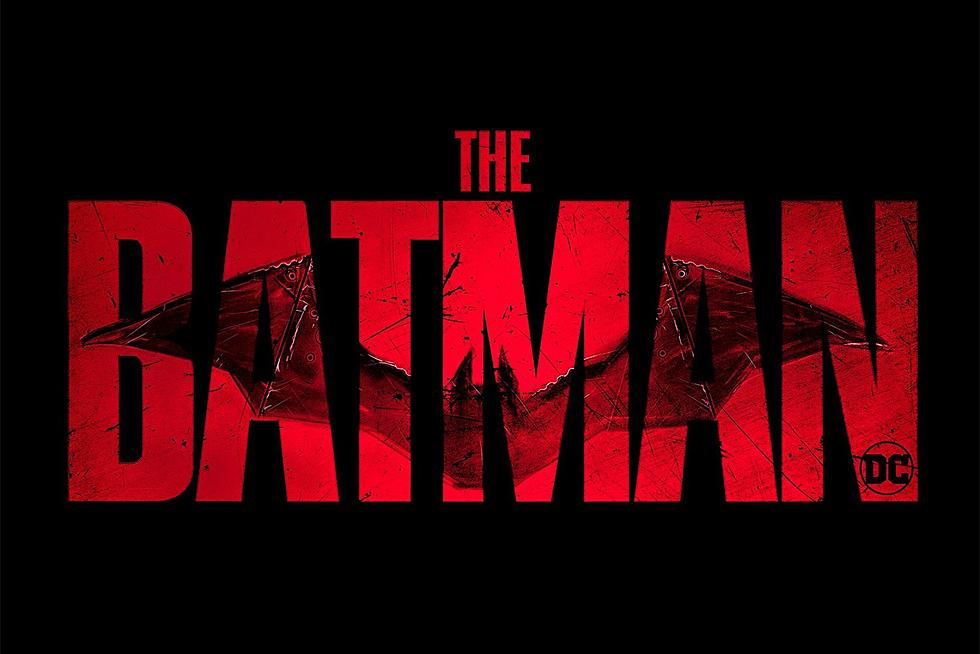
Bat-Tech – The Batman’s world is a grounded one, even by the standard set by Nolan’s trilogy. So, the tech that Batman uses is pretty basic (by Batman’s standards). His suit does seem like the most functional one, and he seems to have a full range of motion. Hell, he can even turn his head. Which explains the high collar, as it hides the flexible neck piece. The suit is armored, but more aesthetically pleasing than Christian Bale’s mishmash of plates.
The bat symbol itself isn’t quite as prevalent as Michael Keaton’s iconic yellow-and-black, but its more pronounced than most other versions. Also, despite rumors that Pattinson’s symbol was made by deconstructing the gun used to kill his parents, it’s actually a double-edged utility knife than comes in very handy a few times in the movie’s third act.
Pattinson’s suit does come with some other very cool amenities. There is a taser build into one of the gloves, and a Bat-Grapnel that pops out from his gauntlets whenever needed. There’s also the aforementioned ability of his cape to transform into a glider.
The Batmobile is a nasty, bat-out-of-hell muscle car. It’s got flashing lights, and growls like a monster in a dark cave before the attack. Not as sleek as Keaton’s, nor as tank-like as Bale’s or Affleck’s, but still a really sweet ride that is put to good use when chasing down The Penguin.
The last, and most high-tech, gadget is a pair of contact lenses that record everything Batman sees while wearing them. It’s a very clever device that explains how Batman can work on a case without having access to police files. I’m kind of surprised that no one thought to use something like them before, but they are the tool of a detective, and make all the sense in the world for the first real Batman-As-Detective movie.
Gotham City – More of a non-descript cityscape in the Nolan mold than Burton’s operatic, Expressionist wonderland, The Batman’s Gotham City was not especially memorable. The advantage it had over most previous versions, though, is that it feels more genuinely lived-in. We see the interiors of different buildings, and each is distinct in its own way. Being able to see the characters move and interact inside these locations does make one feel more immersed in the world.
This is more of a compliment for the cinematography than the setting itself, but the beginning of the movie sets a real shadow world vibe. In Batman’s voiceover, another new touch that made the movie feel more true to the comics, he admits that the city is too big for him to be everywhere. But a short montage of criminals staring with fear at dark corners, dark alleys, and dark stairwells emphasizes Batman’s other point that his the fear he instills comes from the fact that – even though he can’t be everywhere – no one knows where exactly he is either. In some ways, that’s almost as good as being everywhere at once.
End Spoilers For The Batman
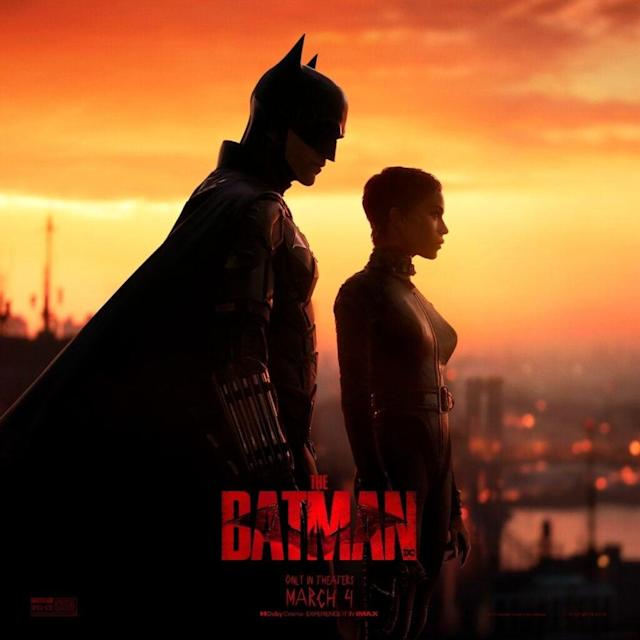
I‘m going to wrap things up with my new personal ranking of Batman films. Take it or leave it, as I said in the beginning, these things are always subjective.
But here we go:
The Batman
The Dark Knight
Batman Returns
Batman Begins
Batman ’89
The Dark Knight Rises
Batman V Superman: Dawn Of Justice
Justice League: The Snyder Cut
Batman Forever
Batman: The Movie (1966)
Justice League: The Whedon Cut
Batman & Robin
